Why Reverse Curls Deserve a Spot in Your Arm Day Routine
Looking to add serious strength and size to your arms? You’ve probably mastered the bicep curl, but have you met its powerful cousin—the Reverse Curl? This simple, yet effective move is often overlooked, but it targets muscles that traditional curls miss. Whether you're a gym rookie or a seasoned lifter, reverse curls deserve a place in your routine.
Let’s break down what makes the reverse curl so effective, how to do it properly, the muscles it targets, and why it's the secret to thicker, stronger arms.
What Is a Reverse Curl?
A reverse curl is a variation of the traditional biceps curl, but with a twist—literally.
Instead of holding the barbell or dumbbells with a supinated grip (palms facing up), you grip it pronated (palms facing down). This small change shifts the focus from the biceps brachii to the brachialis and forearm muscles, making it a killer move for overall arm development.
Muscles Worked in Reverse Curl
What’s unique about reverse curls is their ability to hit muscles that most arm exercises don’t fully engage:
|
Muscle Group |
Role in Reverse Curl |
|
Brachialis |
Primary target – adds arm thickness beneath the biceps |
|
Brachioradialis |
Forearm muscle, major contributor |
|
Biceps Brachii |
Still engaged, but secondary |
|
Wrist Extensors |
Stabilization during curl motion |
While the biceps steal the spotlight in most arm workouts, the brachialis is the real MVP in reverse curls—this deeper muscle sits underneath your biceps and when developed, it pushes your biceps up, making your arms look even bigger.
How to Perform the Reverse Curl (Step-by-Step)?
You can do reverse curls using a barbell, dumbbells, EZ curl bar, or even a cable machine. Here's how to perform it using a barbell:
Barbell Reverse Curl Instructions:
-
Start Position
Stand upright with feet shoulder-width apart, holding a barbell with a pronated grip (palms facing down), hands shoulder-width apart. -
Engage Core and Posture
Keep your chest up, elbows tucked into your sides, and wrists neutral (not bent). -
Curl Up
Slowly curl the barbell towards your shoulders, squeezing your brachialis at the top. Avoid swinging or using momentum. -
Lower With Control
Lower the weight slowly and under control to the starting position. -
Repeat
Perform 3–4 sets of 10–12 reps depending on your goal.
Reverse Curl Variations to Try
Want to spice up your routine or work around equipment limitations? Here are some effective variations:
1. EZ Bar Reverse Curl
Less stress on the wrists thanks to the angled grip—perfect for beginners or those with joint issues.
2. Dumbbell Reverse Curl
Great for unilateral training; helps fix imbalances between arms.
3. Cable Reverse Curl
Constant tension from the cable makes this a powerful finisher or pump-focused exercise.
4. Reverse Preacher Curl
Performed on a preacher bench to isolate the brachialis even more—no cheating with body movement here!

Benefits of Reverse Curls
You might be wondering: why not just do regular curls? Here’s what makes reverse curls special:
Builds Thicker Arms
Reverse curls train the brachialis, which lies underneath your biceps. A strong brachialis makes your arms look fuller from every angle.
Improves Forearm Strength
Struggling with grip strength or wrist stability? Reverse curls target the brachioradialis and wrist extensors, making them great for climbers, fighters, and lifters alike.
Enhances Overall Aesthetic
A well-developed brachialis gives your arms a 3D look—more than just a bulging bicep peak.
Reduces Imbalance
Most arm training focuses too much on the biceps brachii. Reverse curls balance your arm development, helping prevent injury and improving joint stability.
Common Mistakes to Avoid
Even though reverse curls look simple, small mistakes can reduce their effectiveness or cause strain:
Using Too Much Weight
Using excessive weight leads to poor form and involves the shoulders or back—defeating the purpose.
Wrist Curling
Letting your wrists bend up or down during the lift puts unnecessary strain on your joints. Keep them neutral.
Elbow Flaring
Your elbows should stay close to your sides. Flaring them reduces tension on your brachialis.
Fast Reps
Slow, controlled movements are key for maximum muscle engagement—especially on the way down (eccentric).
How to Add Reverse Curls to Your Workout?
You don’t need to overhaul your routine to benefit from reverse curls. Here’s how to include them smartly:
Beginner Routine:
- 3 Sets of 12 reps, post biceps curls or on upper-body day
Intermediate Routine:
- Superset reverse curls with hammer curls for maximum brachialis engagement
Arm-Focused Day:
- Add reverse curls as the third or fourth movement after standard curls and chin-ups
Pro Tips for Better Results
- Warm up your wrists and forearms before heavy sets.
- Try fat grip tools or thick bars for added intensity.
- Use tempo training (e.g., 2 seconds up, 3 seconds down) to increase time under tension.
- Track your grip strength—improvement here means your reverse curls are working!
Don’t Sleep on Reverse Curls
Reverse curls are more than just an accessory movement—they’re a powerful arm builder. By hitting the brachialis and forearms hard, this move helps you create a more balanced, aesthetic, and functionally strong upper body.
So the next time you're planning your arm day, don’t just reach for the preacher curls and hammer curls—throw in a few sets of reverse curls and feel the difference.
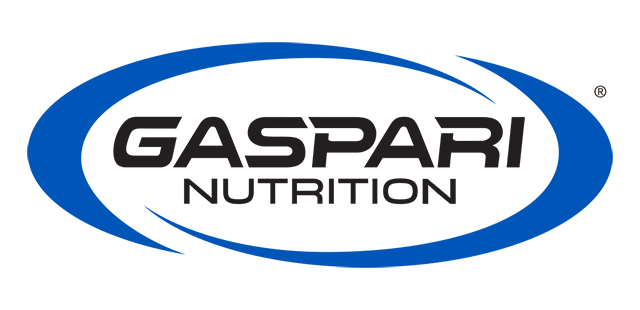

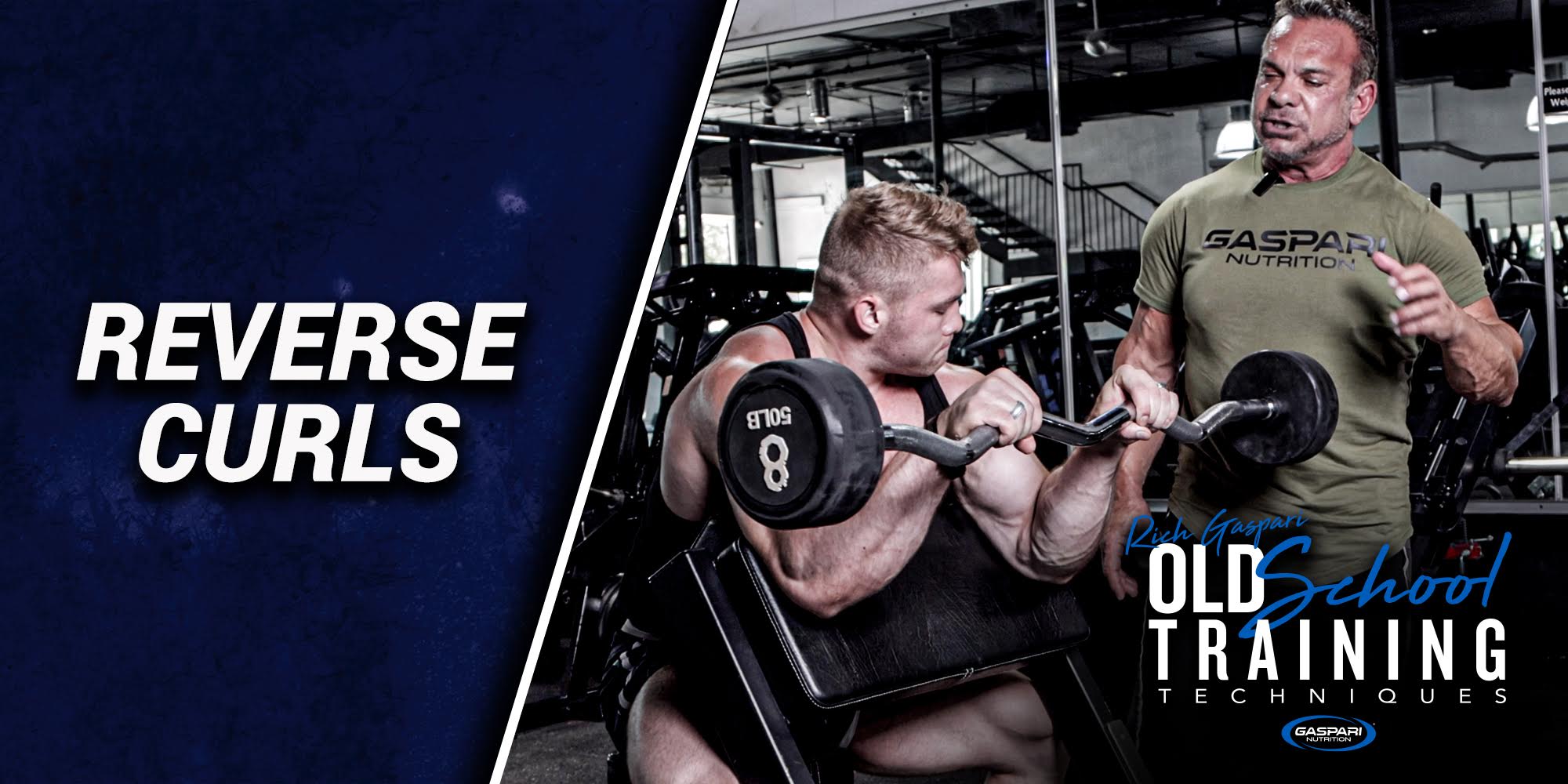



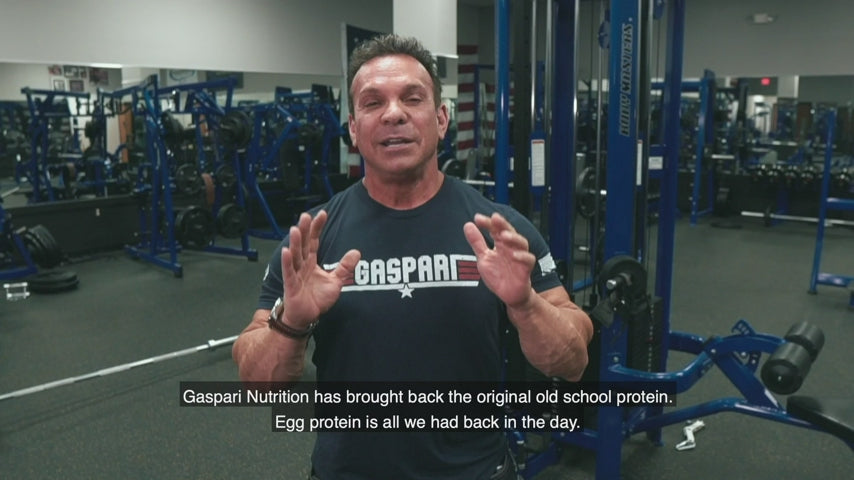




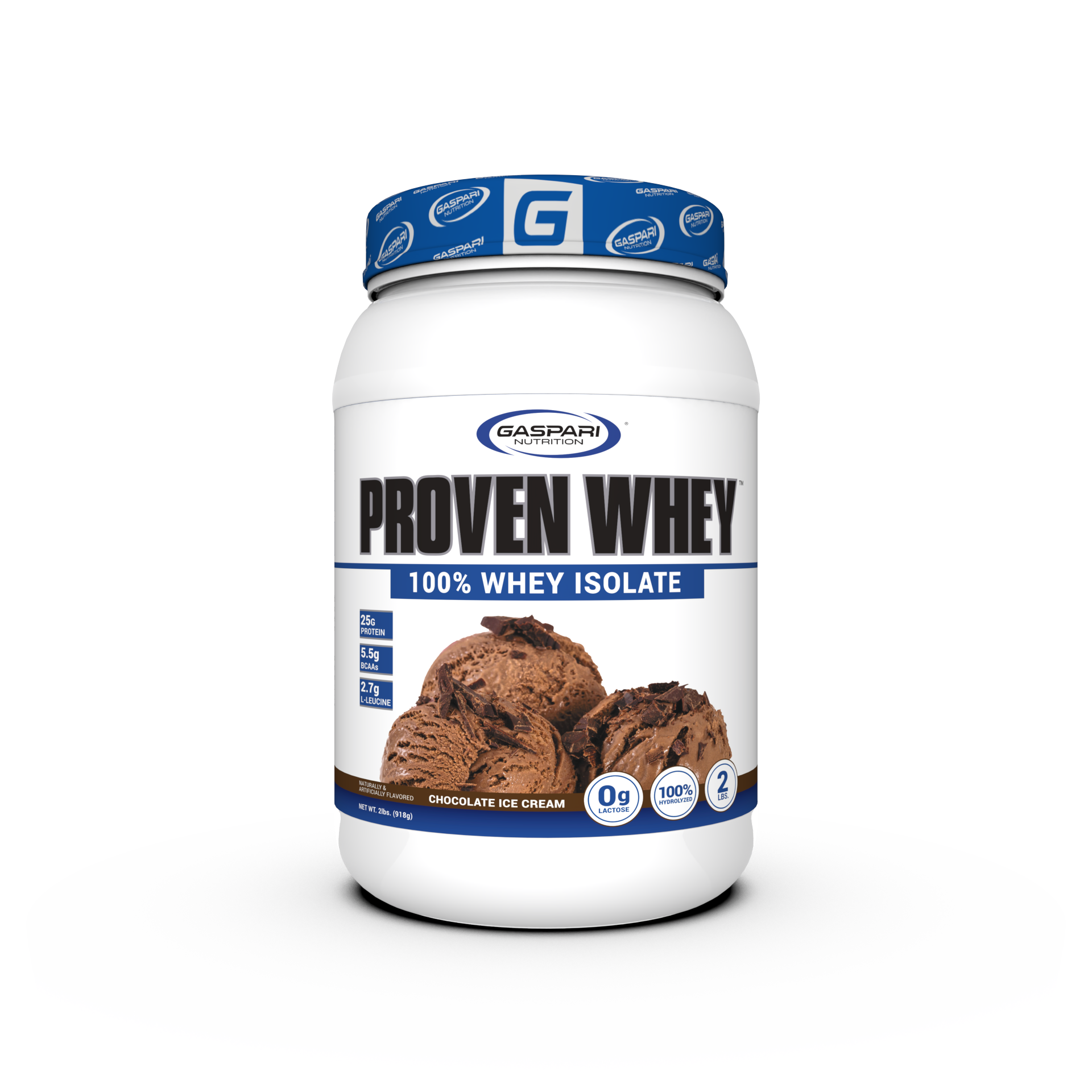



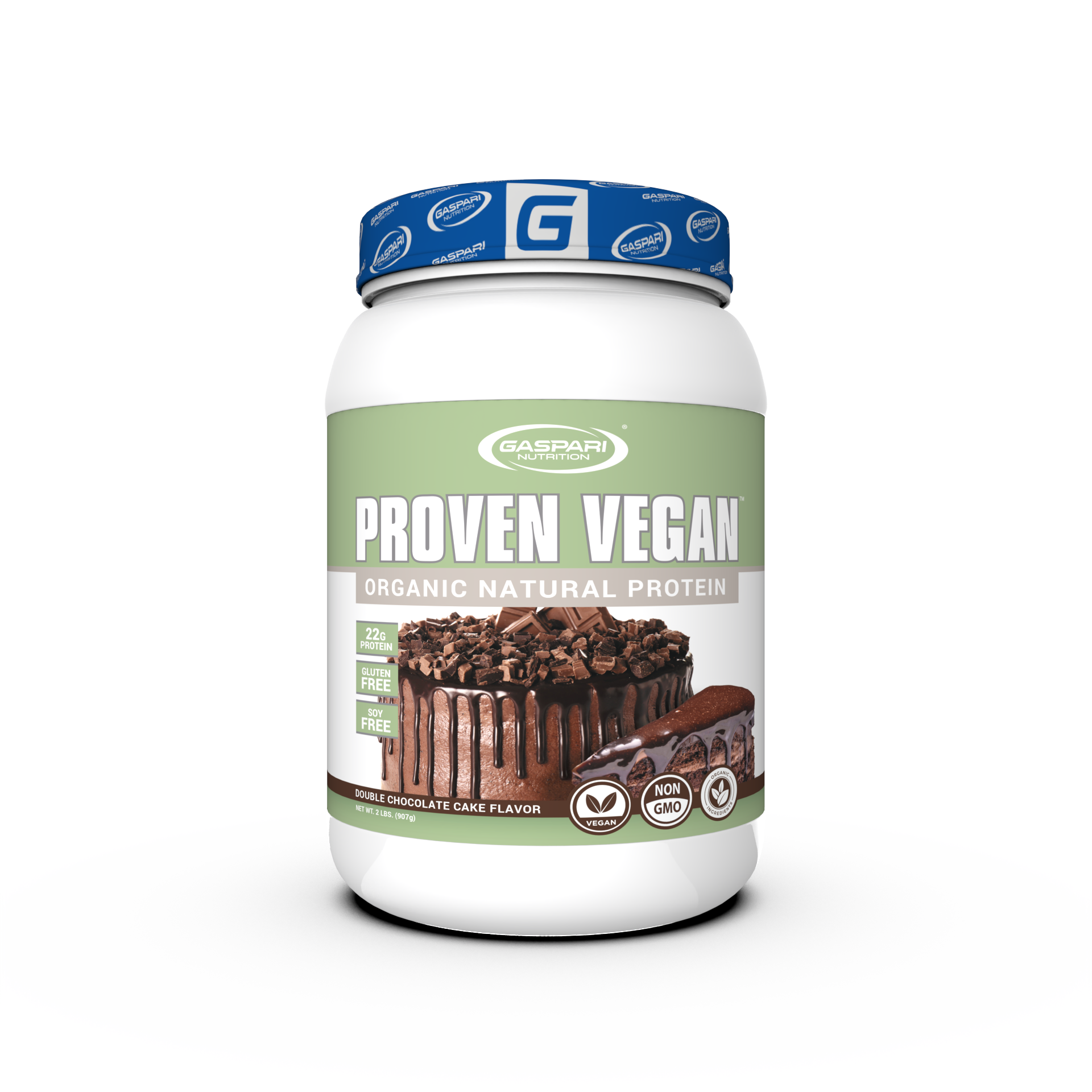




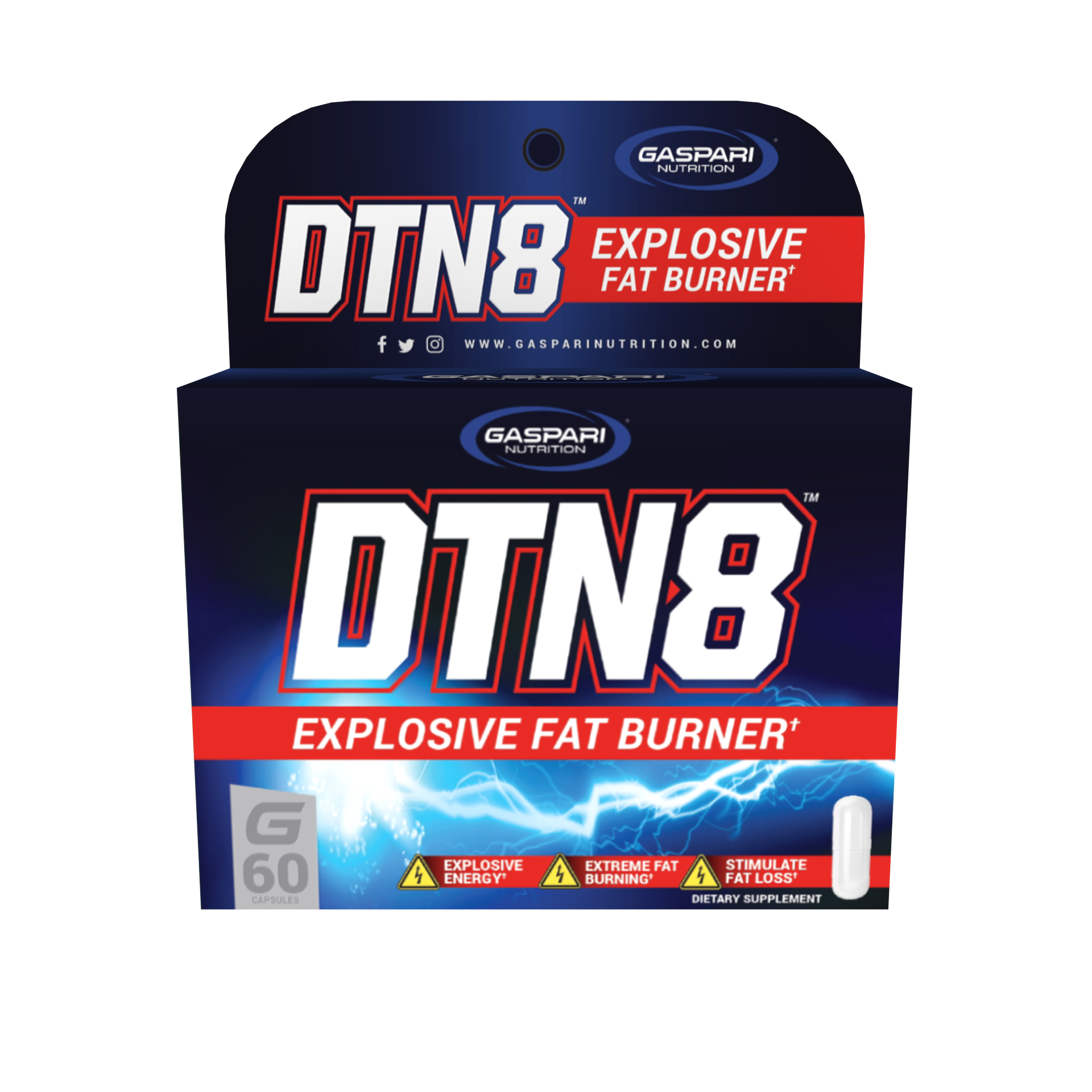
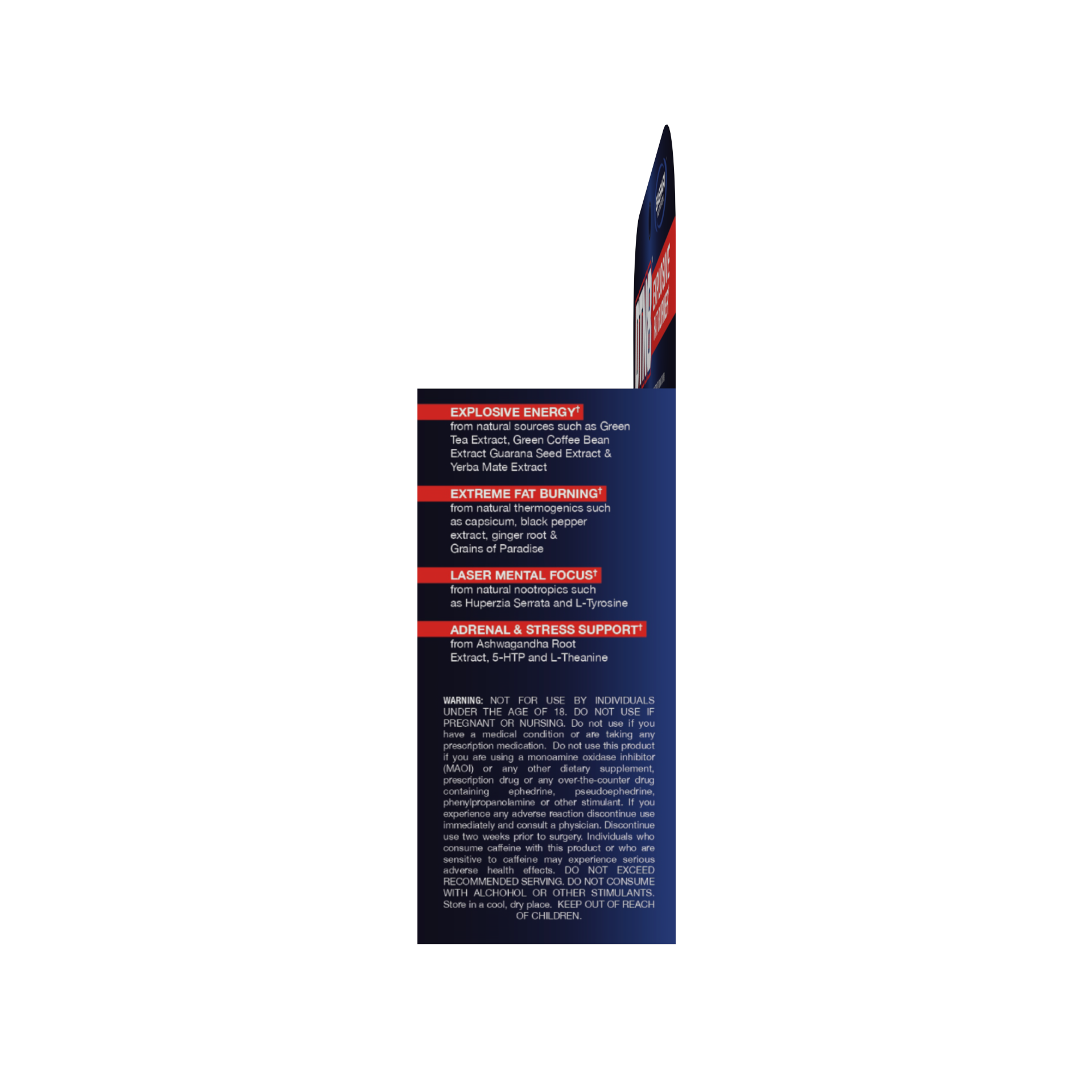
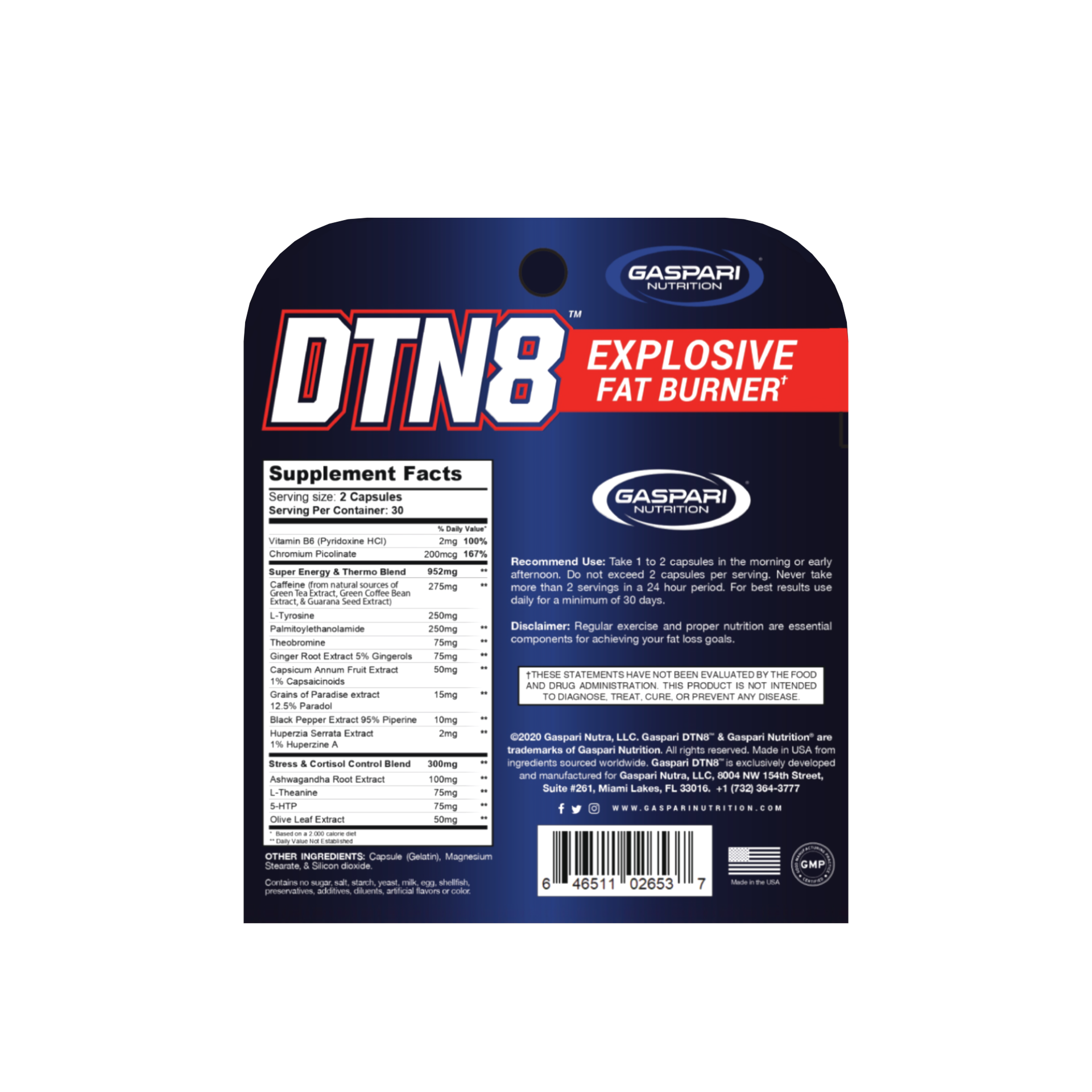
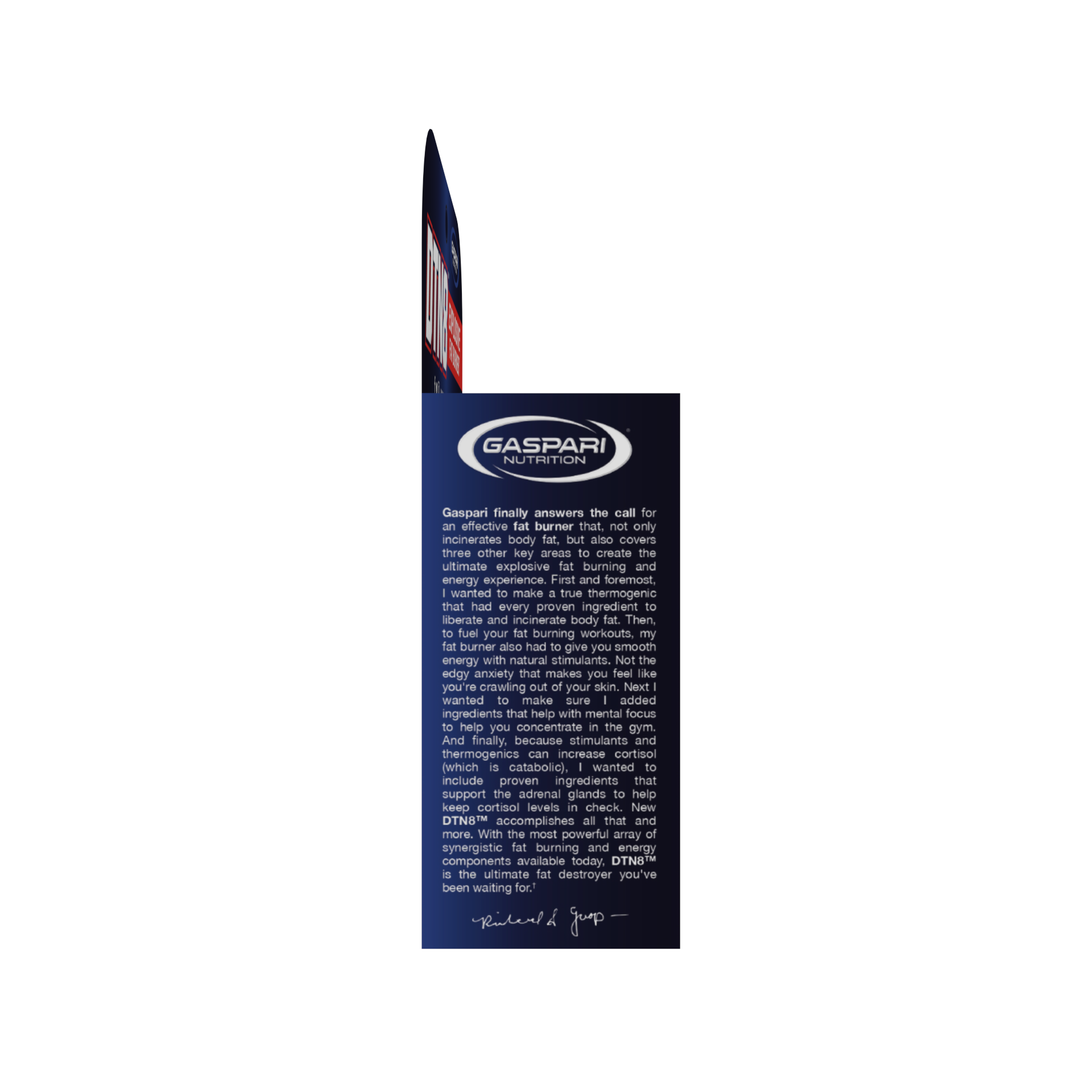
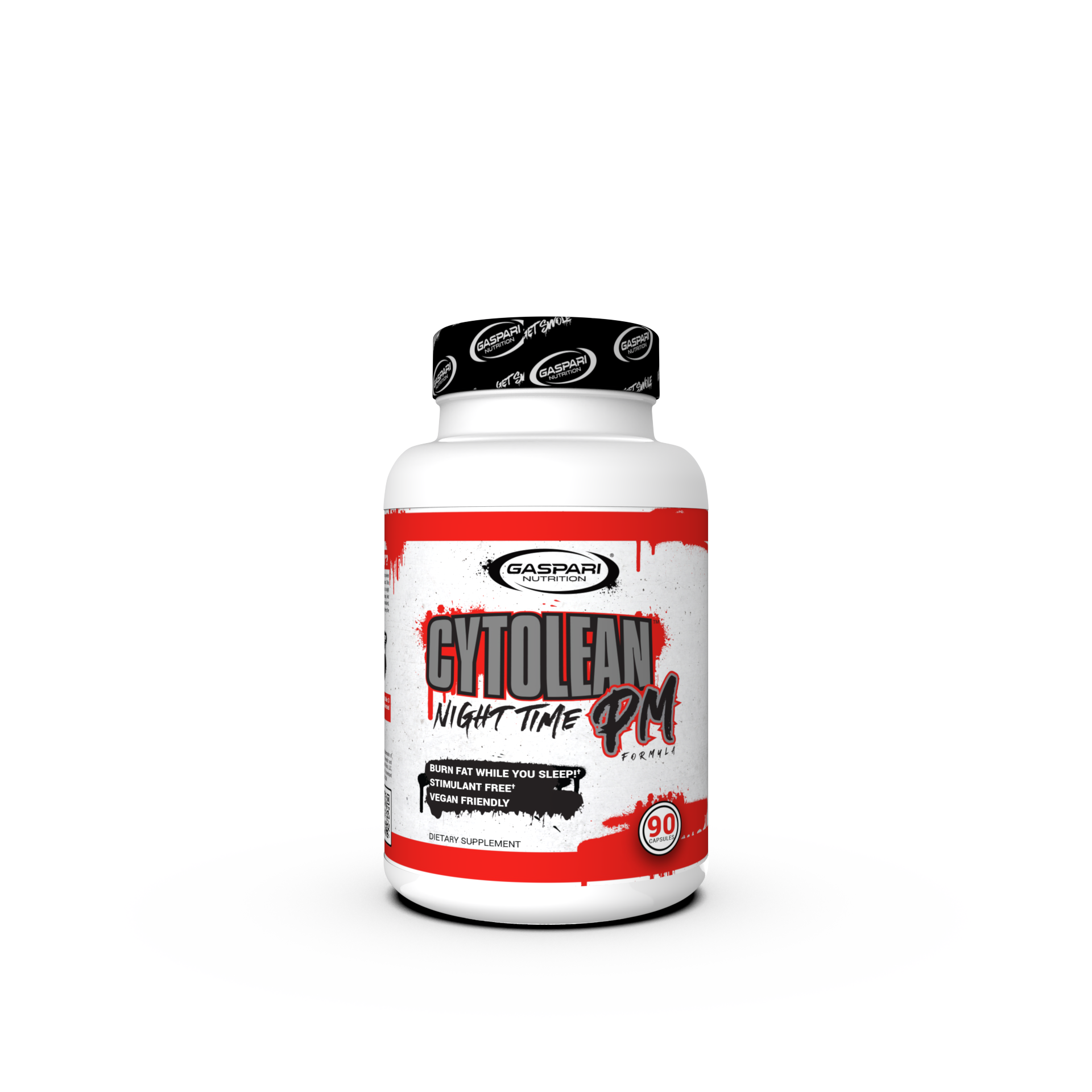
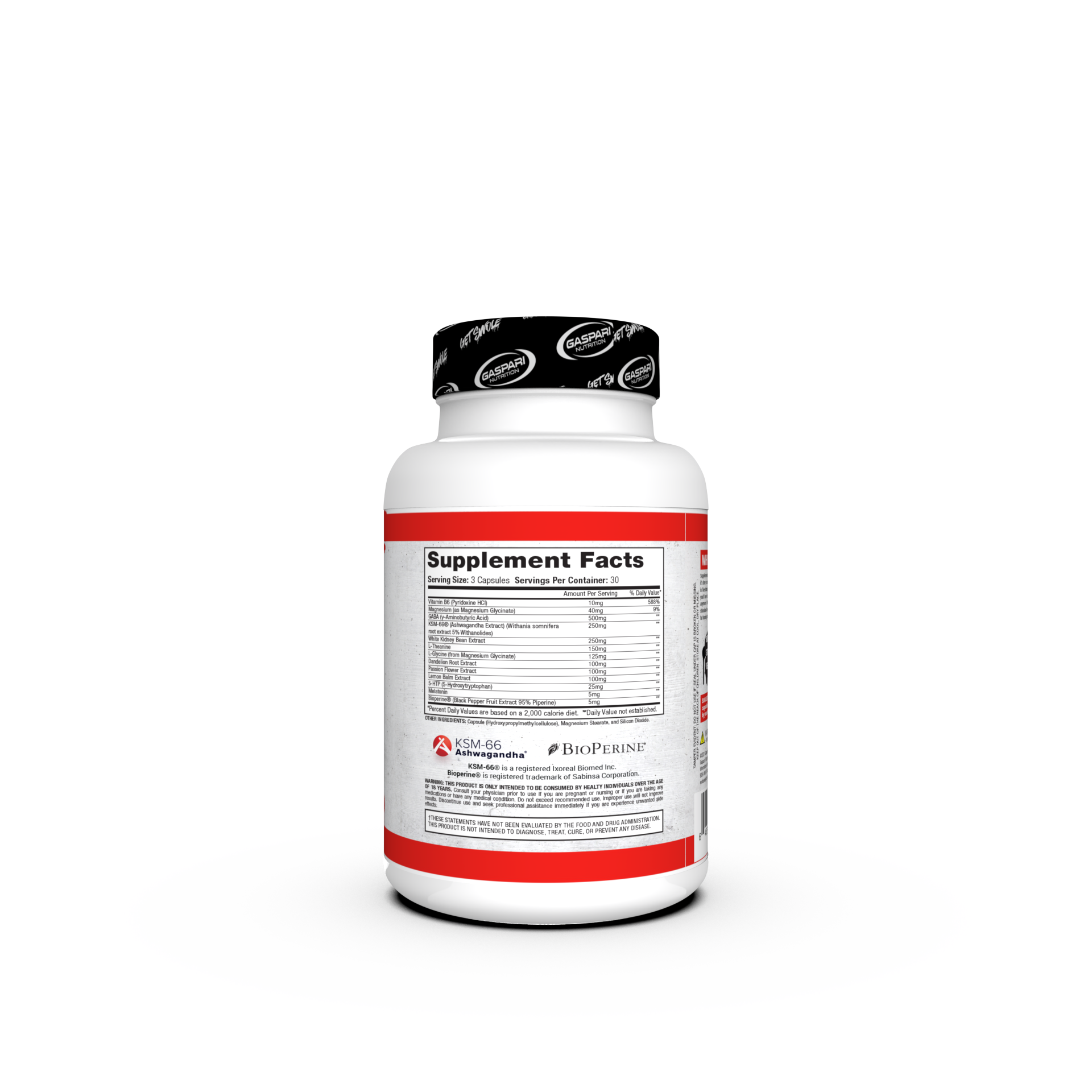

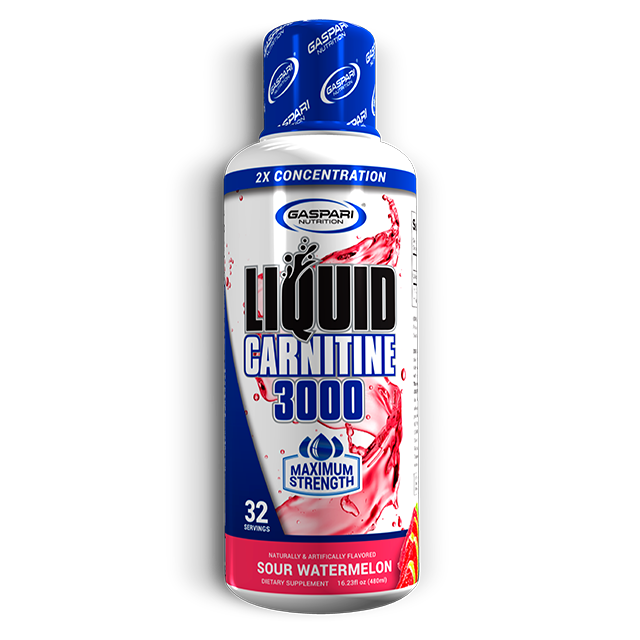

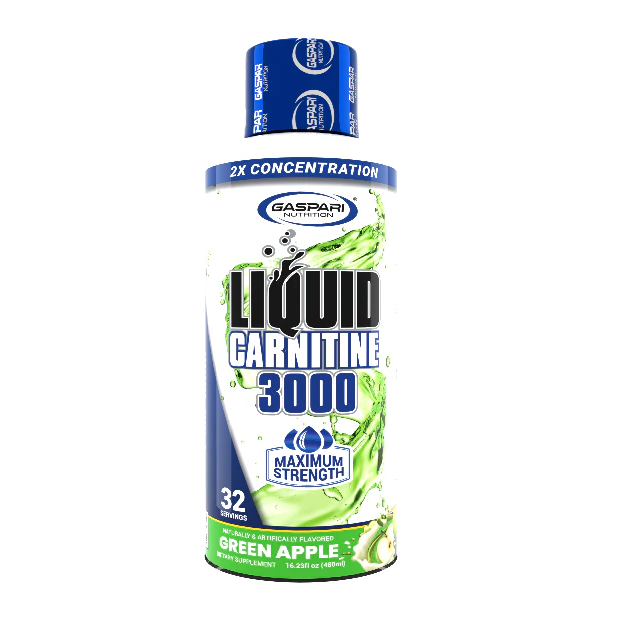

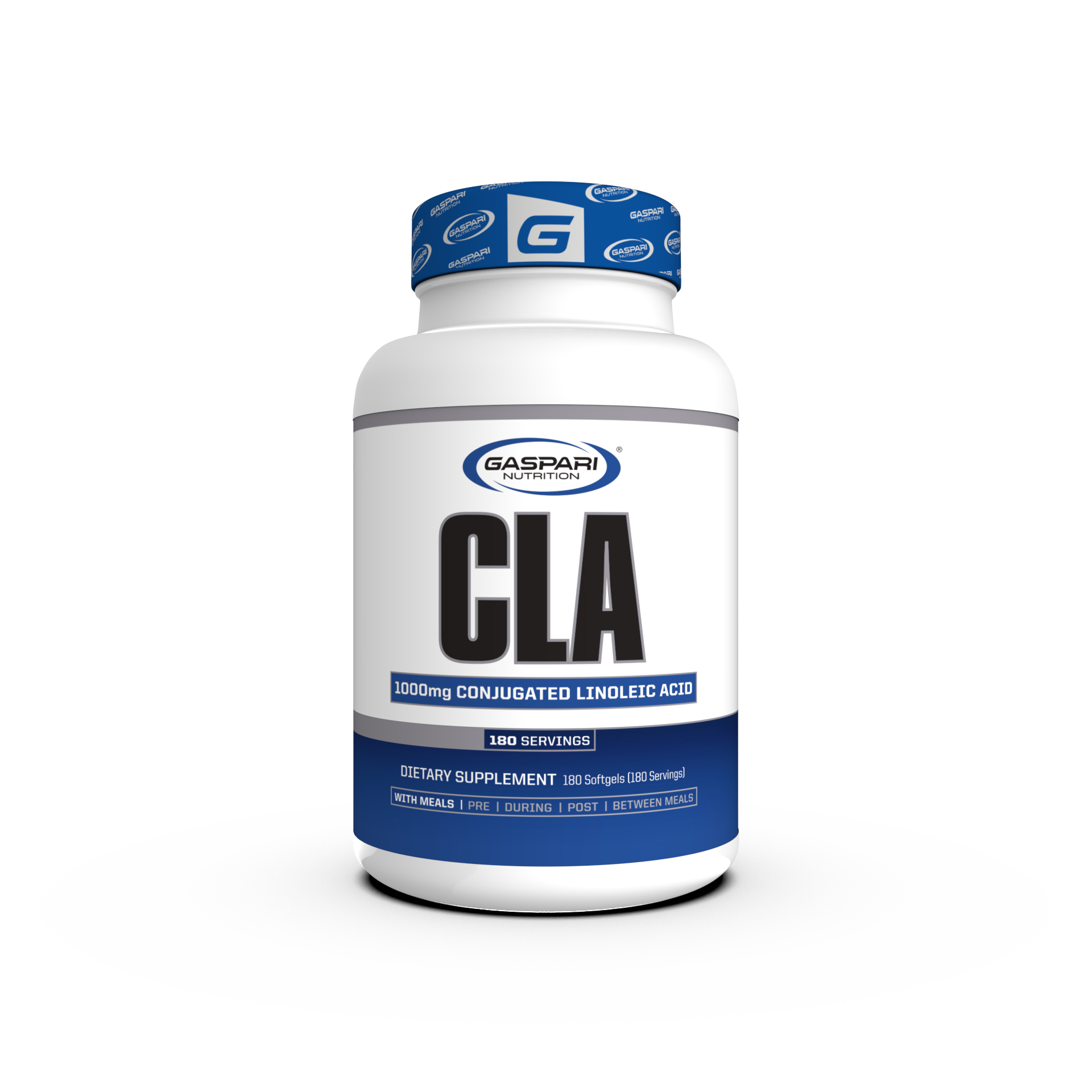

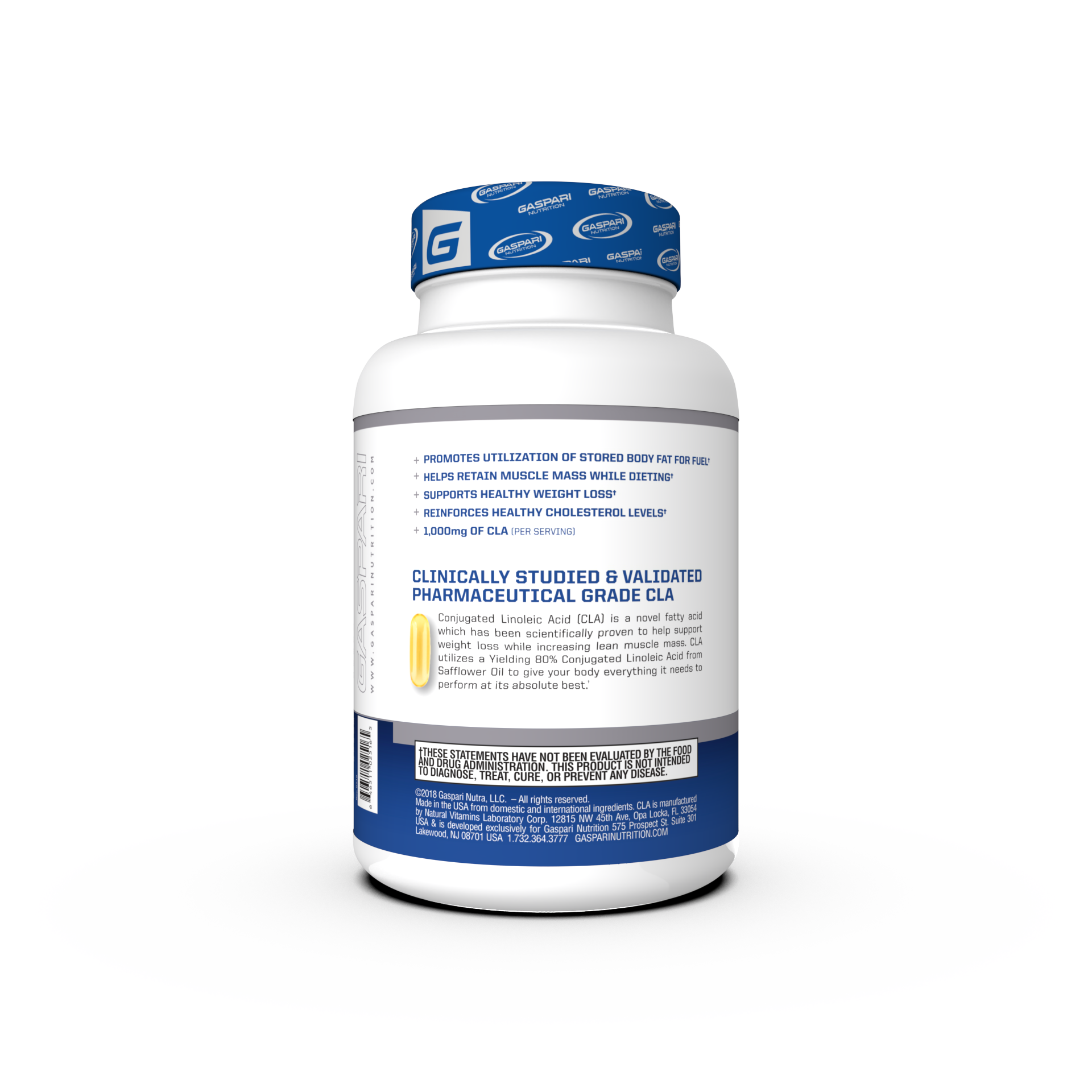






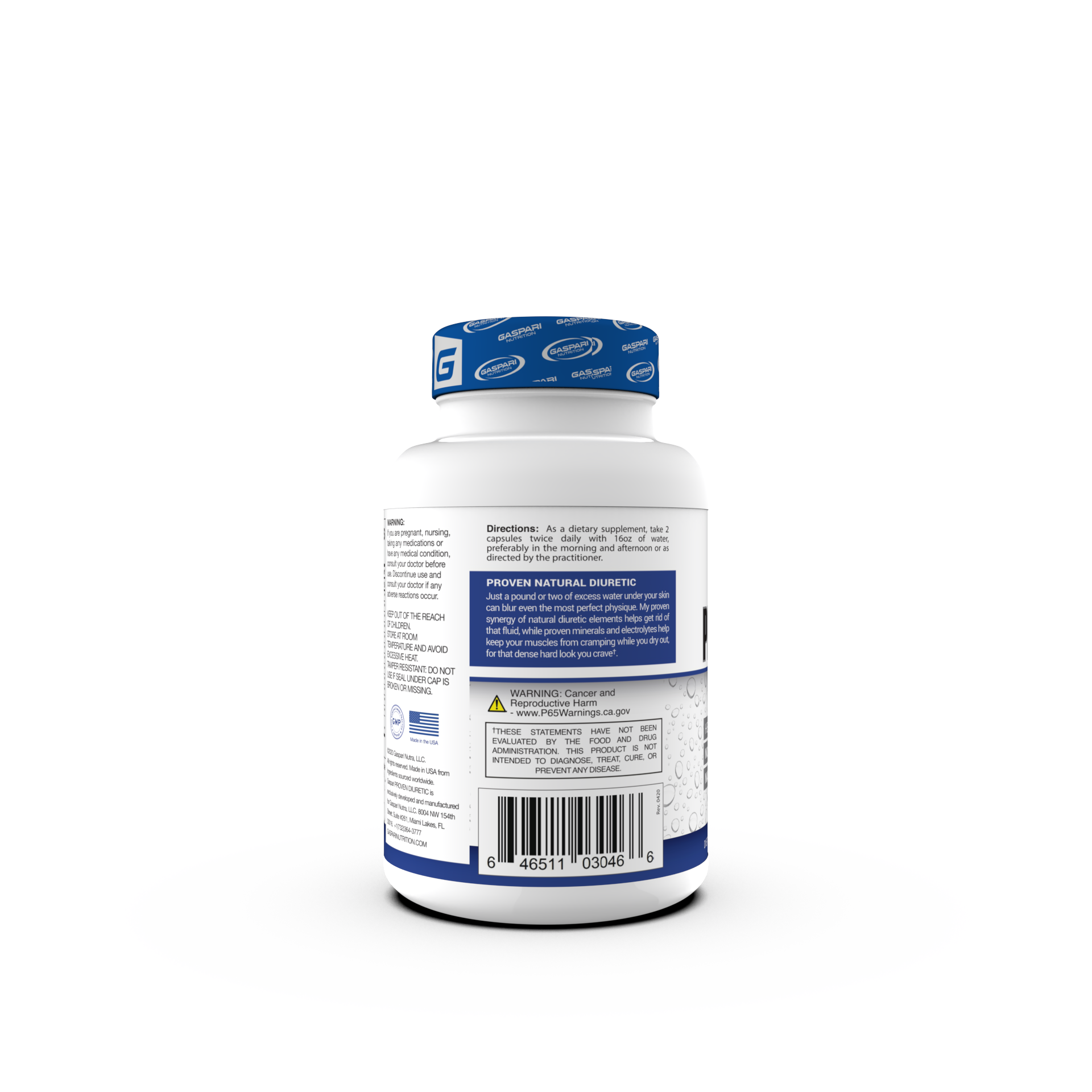

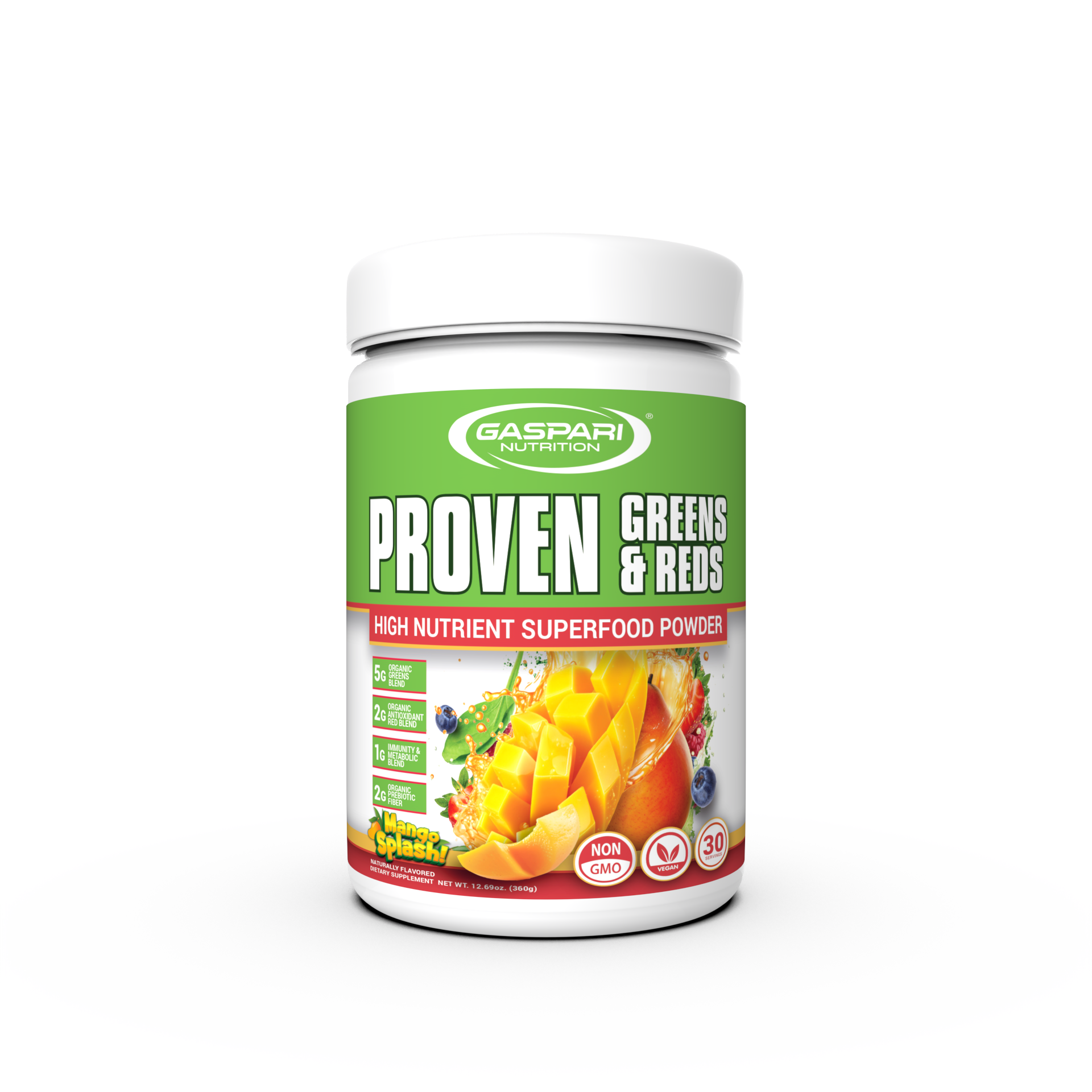

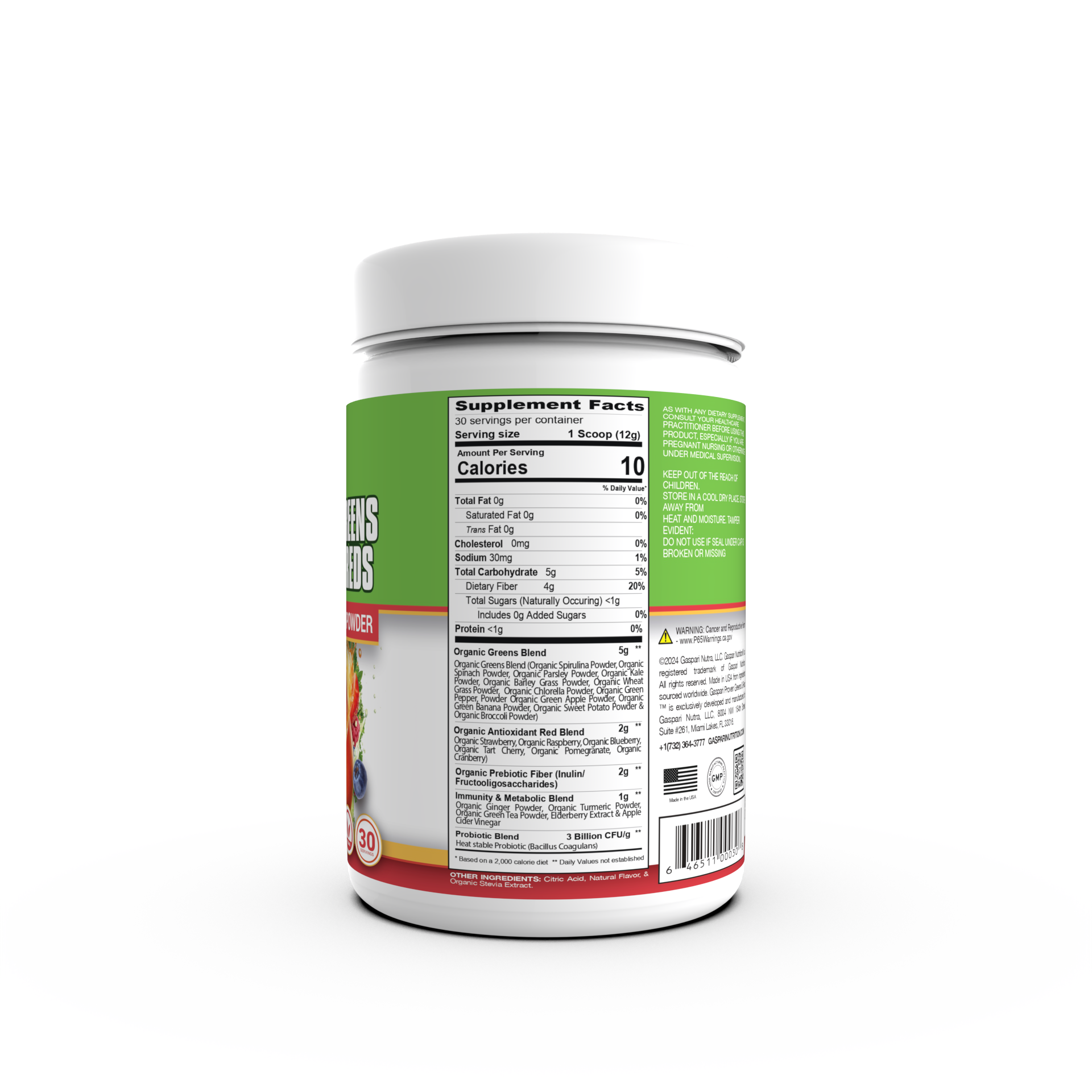
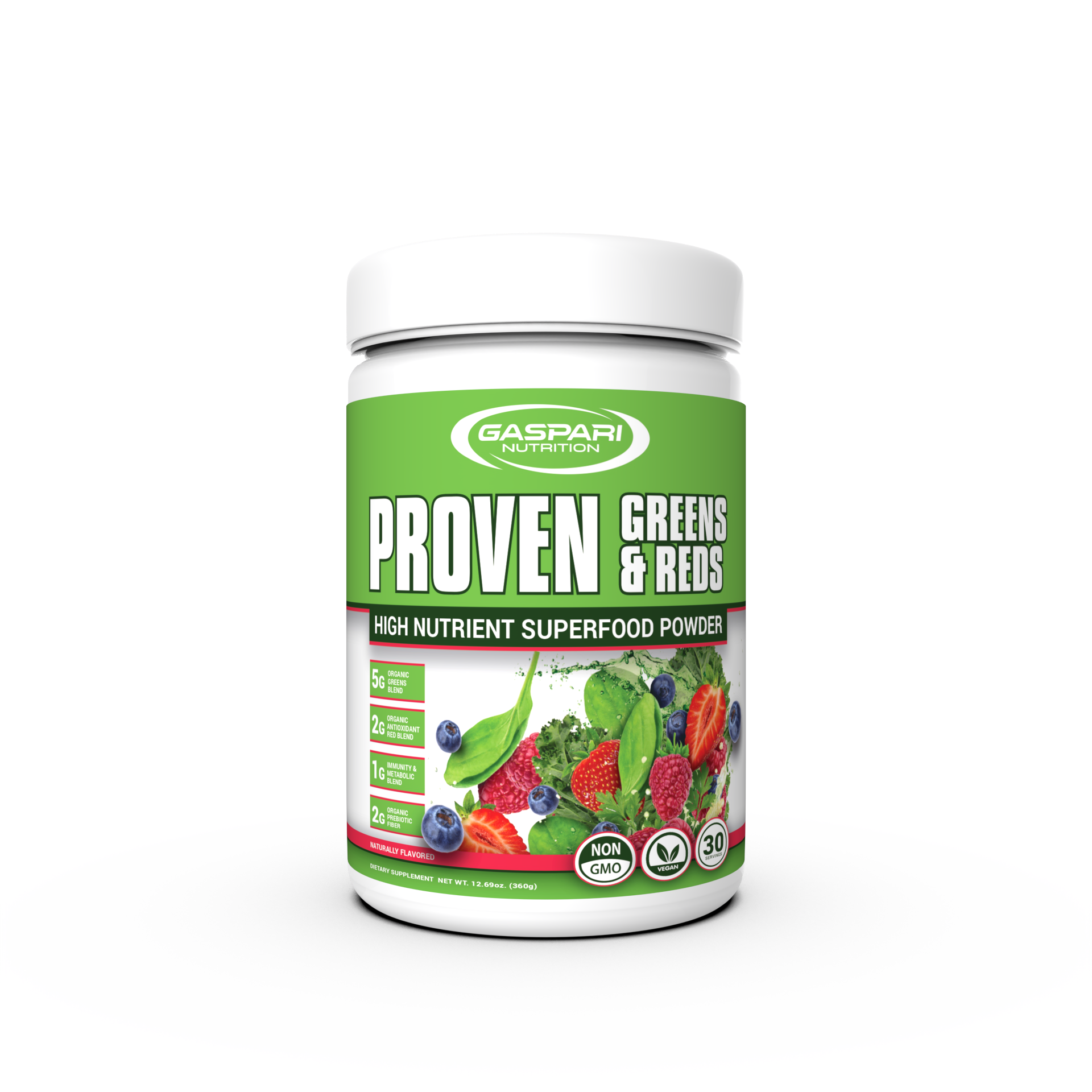
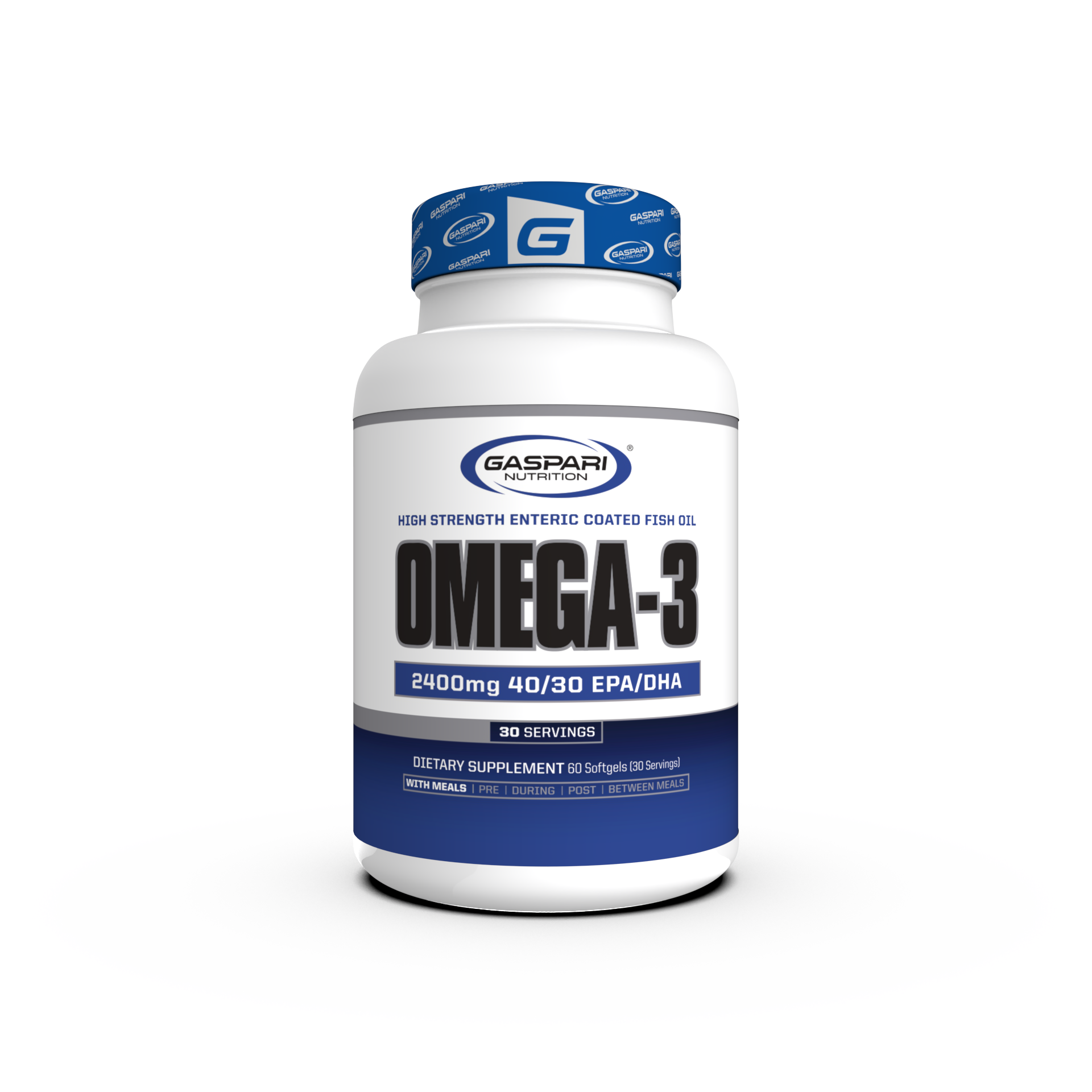




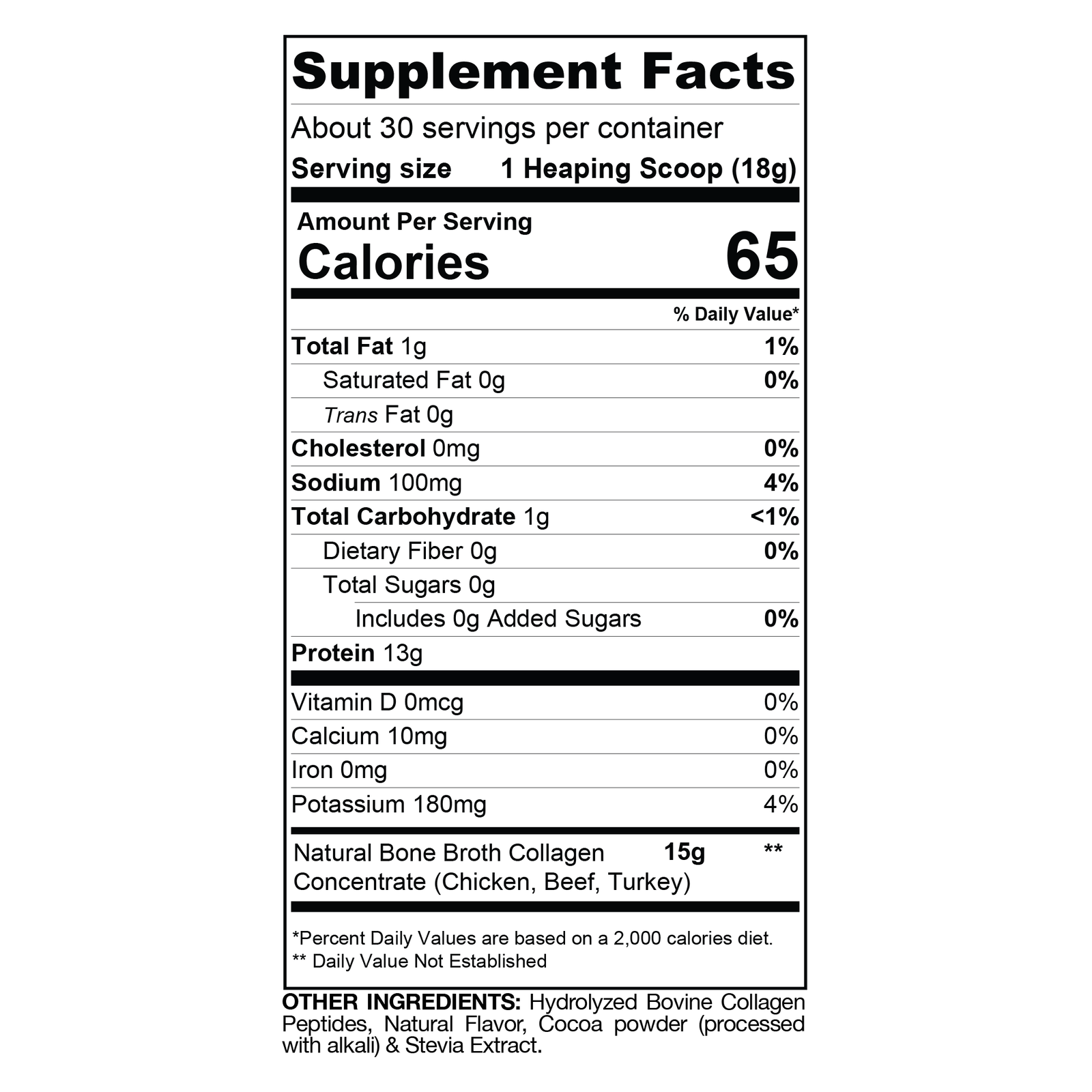
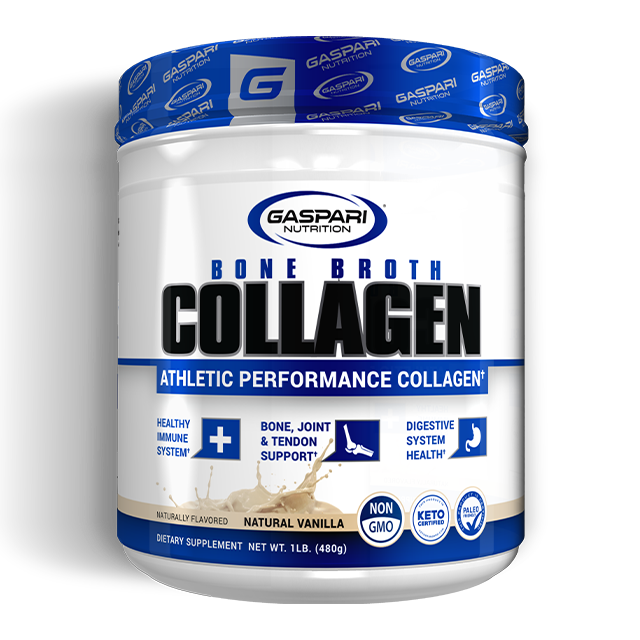

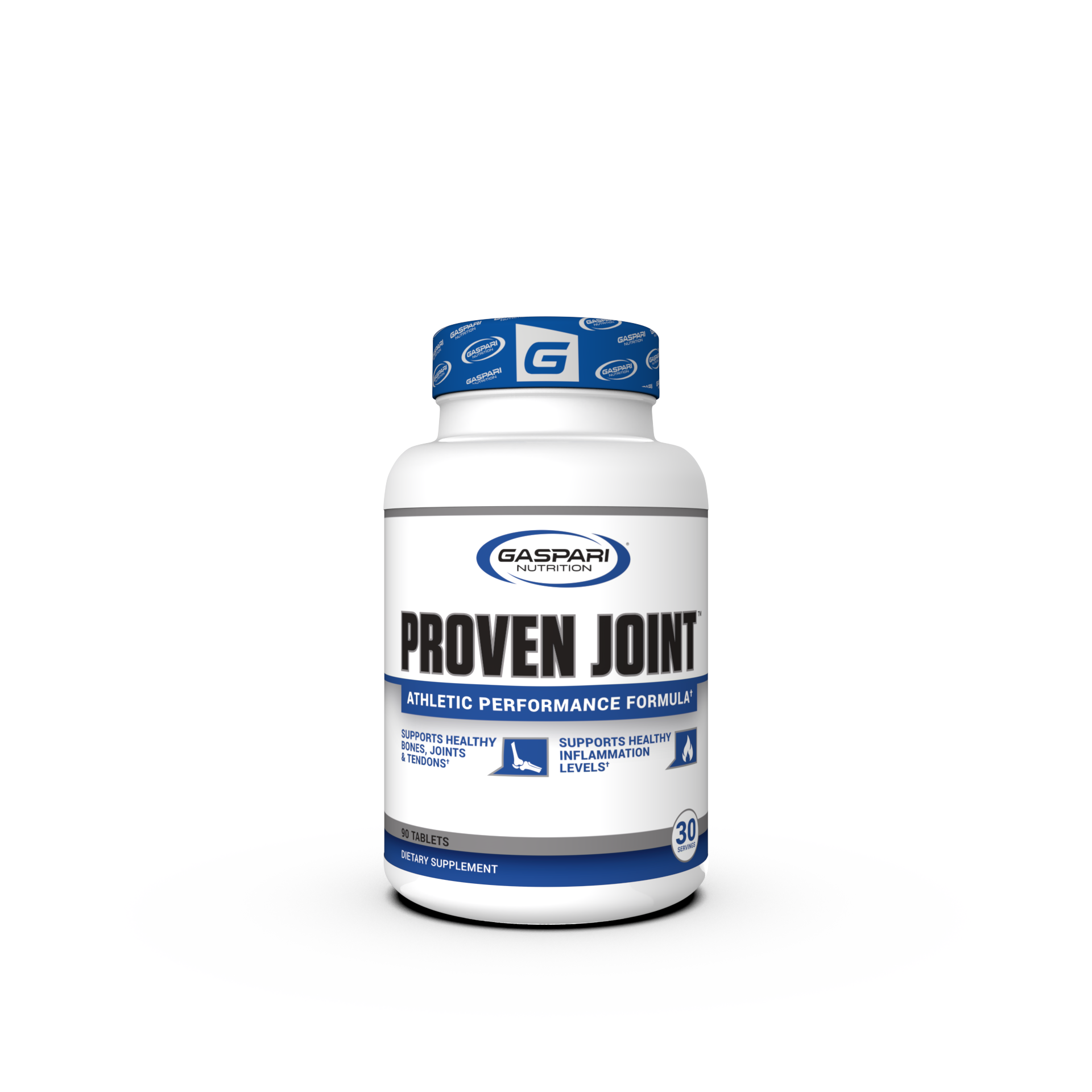
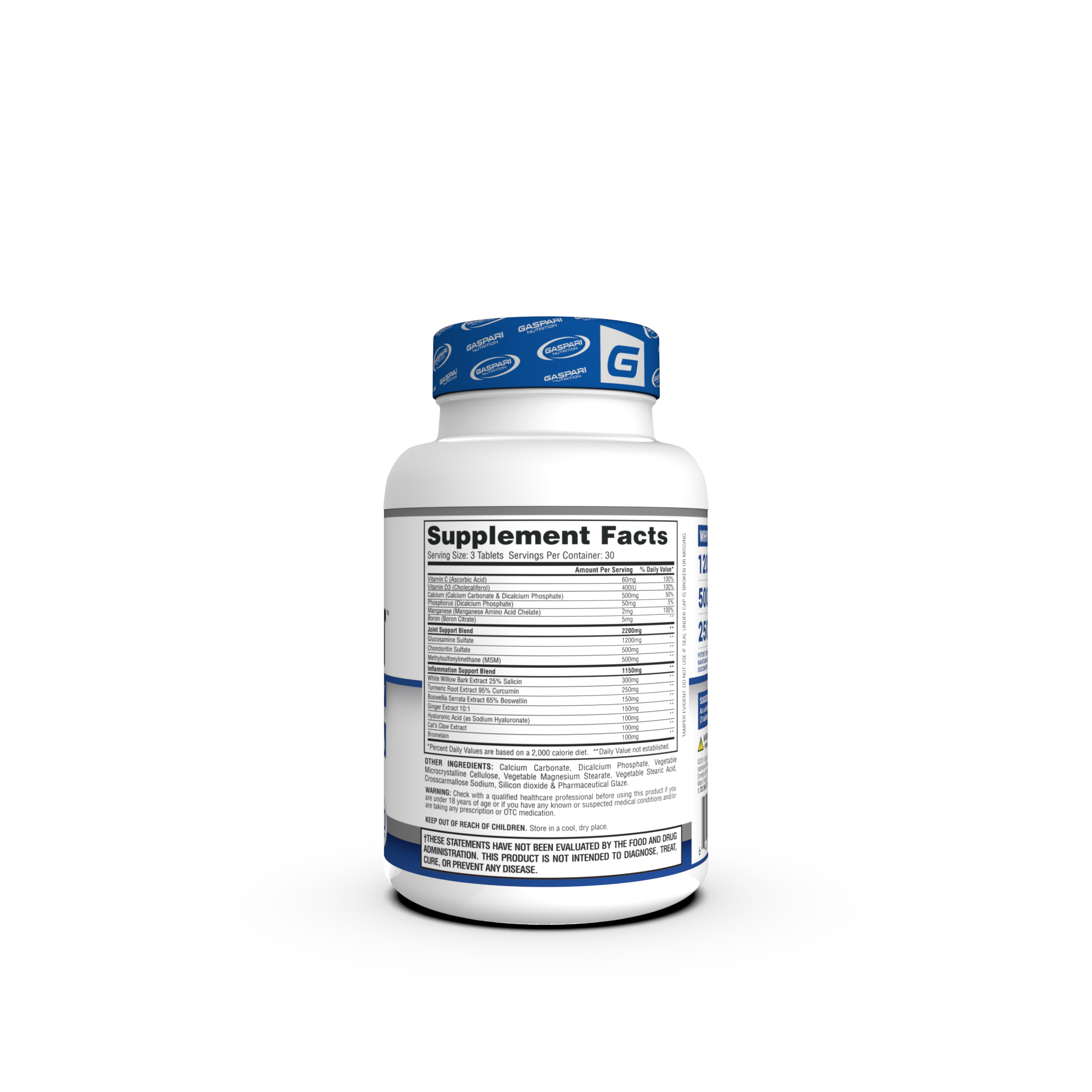
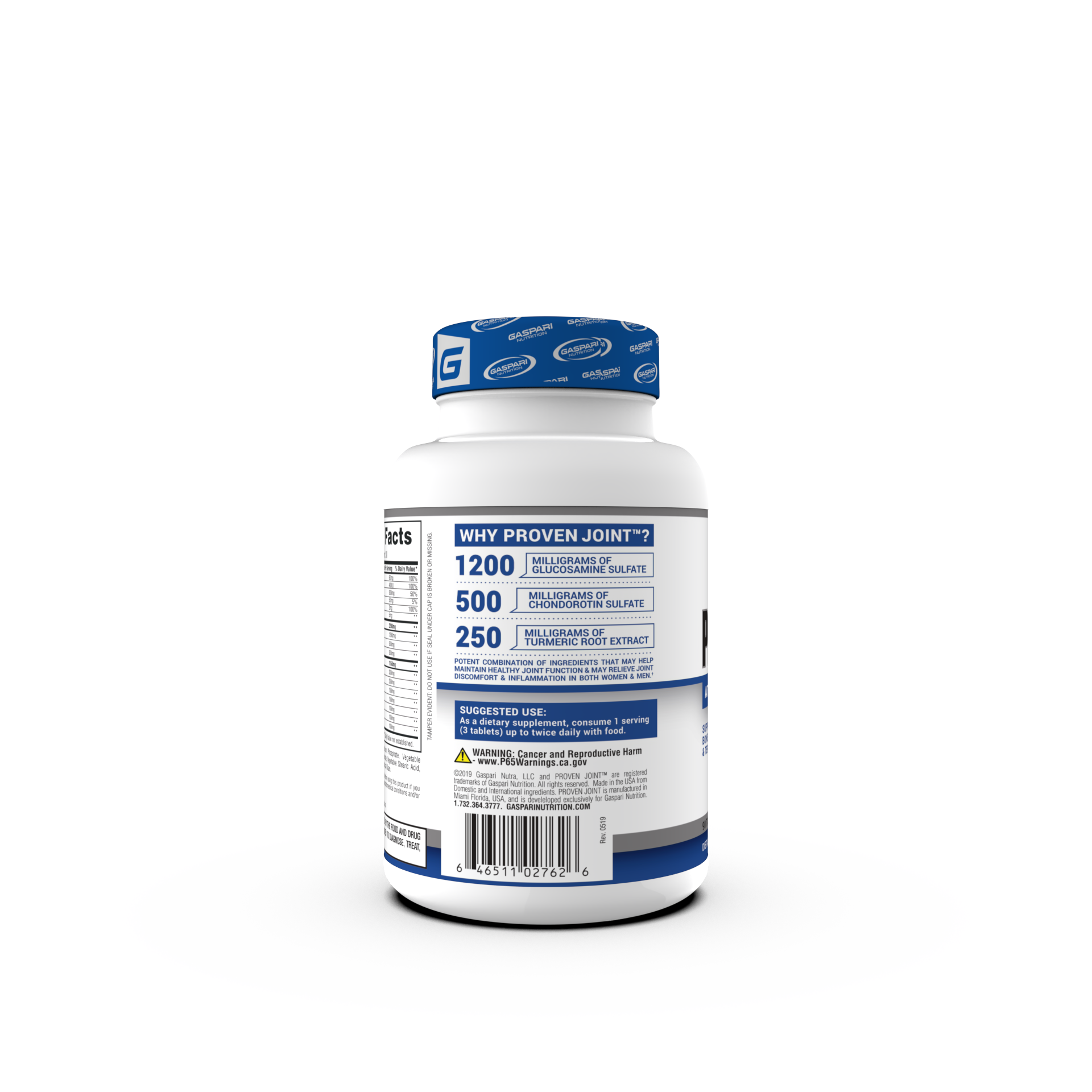
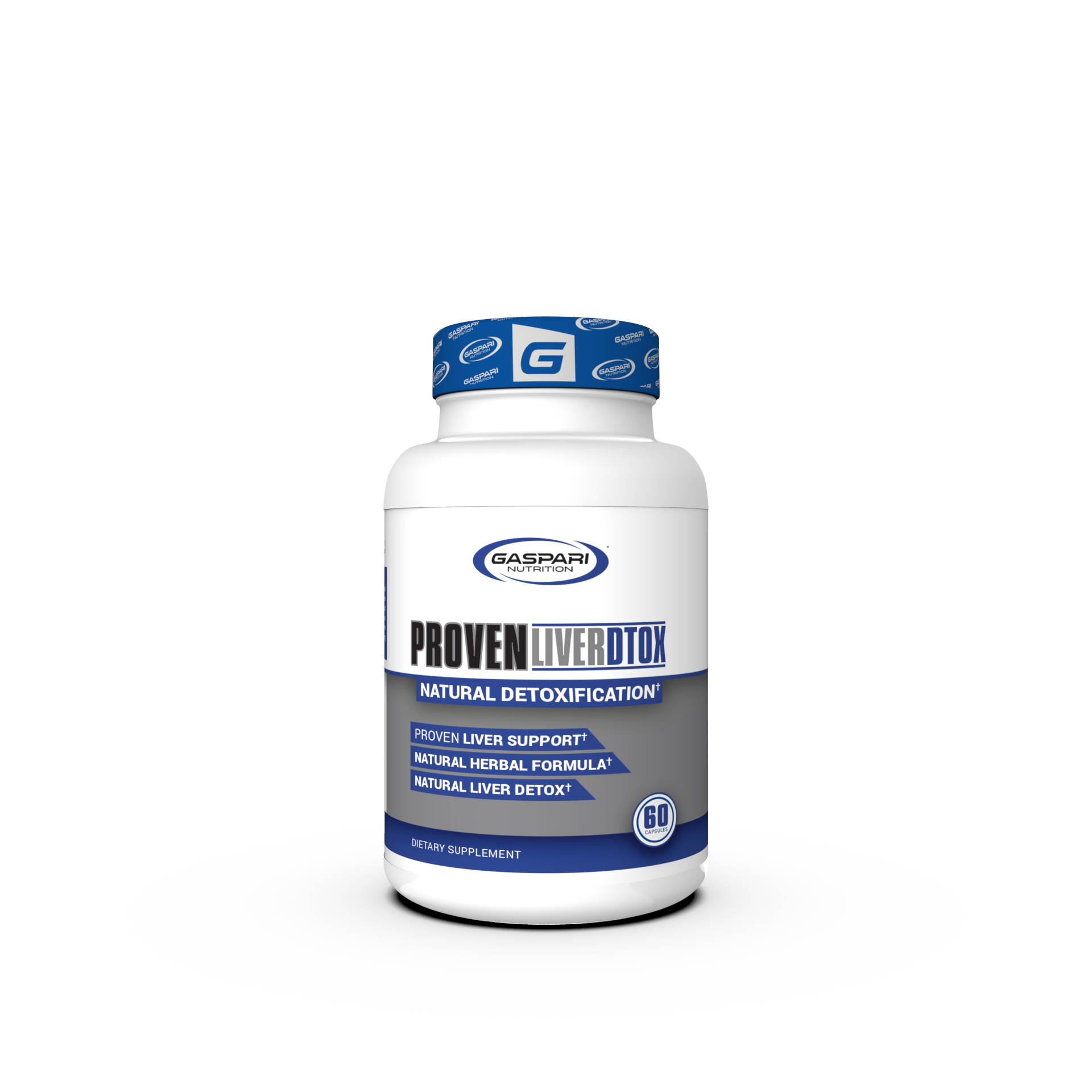

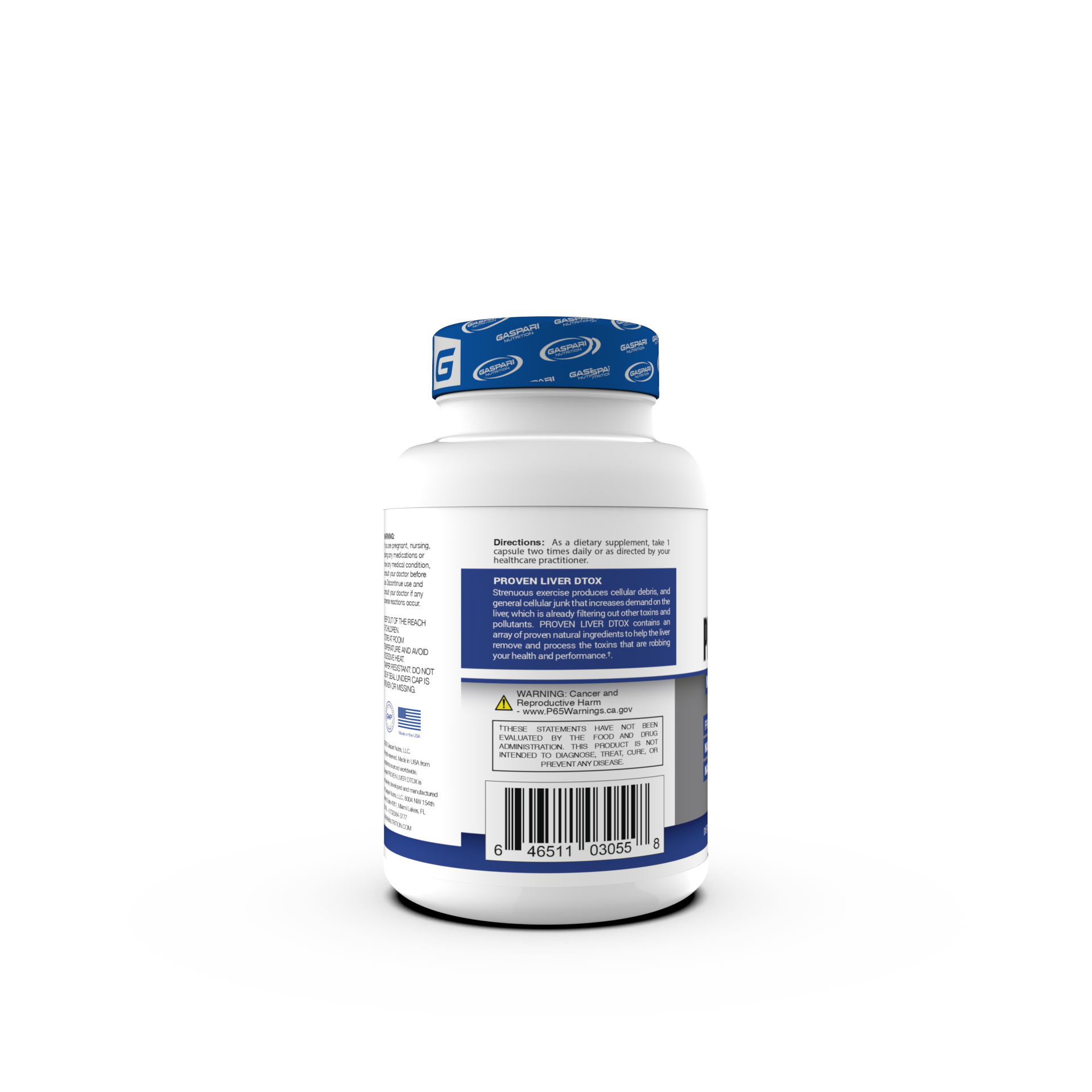

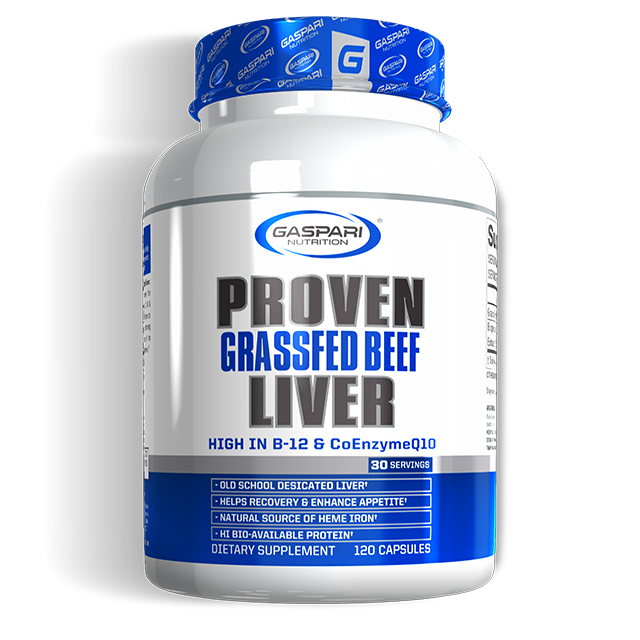
Share:
Spider Curls: The Secret Weapon for Bigger, Better Biceps
Super Sets with Biceps & Triceps